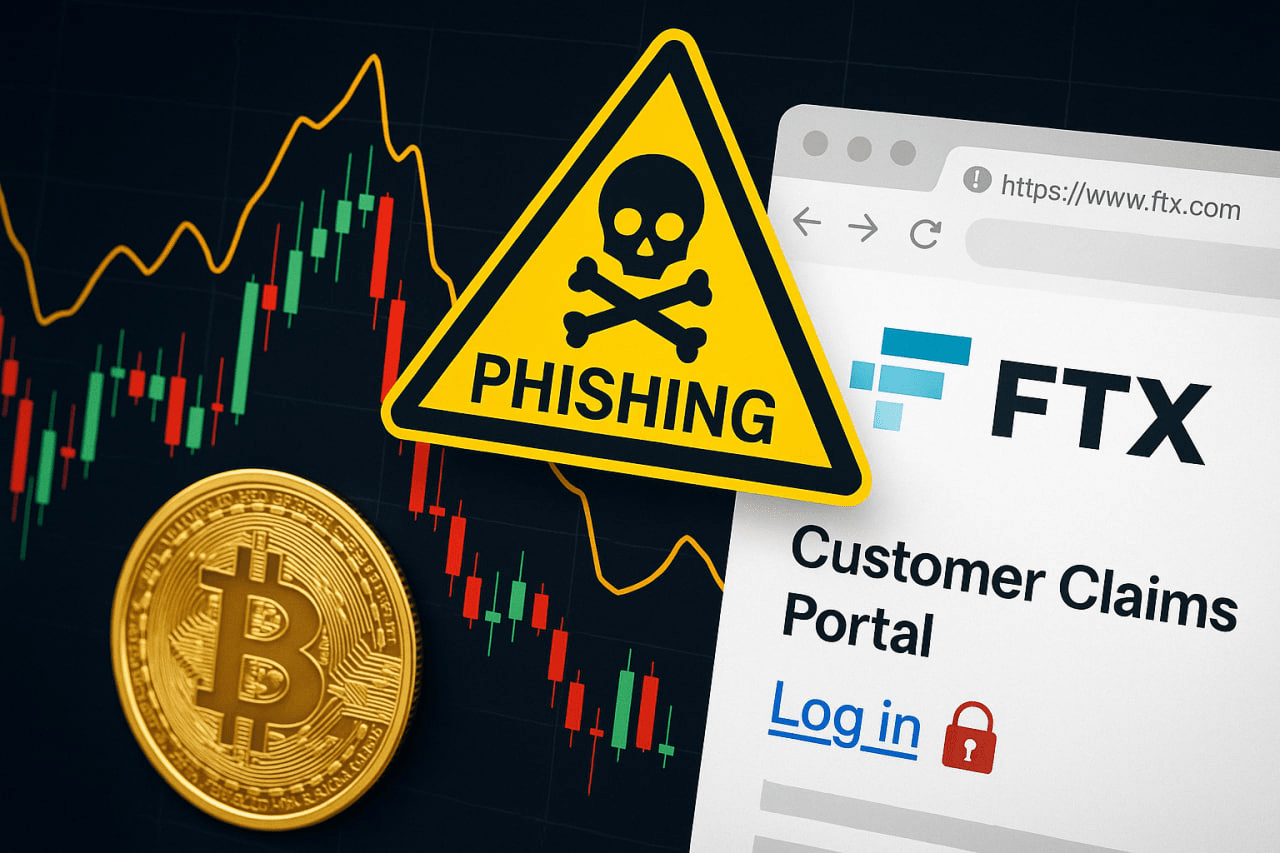According to the website - By Coindoo.com

The bankrupt cryptocurrency exchange issued an urgent security warning this week, advising claimants not to fall for fake emails requesting recovery, posing as official messages.
After the start of the third round of payments to creditors at the end of September, during which about 1.6 billion dollars were distributed, numerous reports of payments emerged. Fraudulent messages, very similar to actual messages from FTX restructuring administrators, are designed to trick users into visiting fraudulent websites or connecting their cryptocurrency wallets.
Cybercriminals are reportedly posing as Kroll Restructuring Administration and FTX Recovery Trust — two organizations responsible for managing and processing creditor claims. These fake messages often mention payout percentages, 'distribution portals,' and account verification instructions, designed to trick victims into providing confidential information.
FTX emphasized that it will never ask users to link external wallets or visit third-party websites in its official communications. All legitimate updates are processed exclusively through the verified FTX claims portal.

The warning followed the third major distribution of platform funds among creditors, which involved both domestic and international clients, as well as unsecured borrowers. Each participant was required to undergo identity verification before payments were sent through approved channels. According to FTX, this process typically takes several business days.
Phishing attempts have become a growing threat in the crypto industry, especially during major payouts or airdrops, when large sums of money are being moved. The security company ScamSniffer calculated that in August alone, over $12 million in cryptocurrency was stolen through phishing schemes, highlighting how sophisticated these operations have become.
Fake recovery request letters addressed to FTX users are particularly deceptive: they promise inflated redemption rates of 118% to 142% of their original balance to create a sense of urgency. Some even claim to represent 'trusted distribution partners' tasked with facilitating transfers, which adds legitimacy to the fraud.
Analysts warn that phishing campaigns may intensify as the FTX Estate continues to disburse additional tranches in the coming months. Many creditors, having already endured a two-year wait, may become more vulnerable to fraud due to impatience and misinformation.
Since February, the FTX recovery team has distributed over $7.8 billion of the estimated $16.5 billion in returned assets. Payments to creditors are expected to continue until 2026, and the FTX Estate is committed to returning up to 118% of the balances on eligible accounts after the process is complete.
The exchange strongly advised applicants to be suspicious of all unsolicited emails, to double-check official URLs, and to avoid clicking on embedded links. As scammers actively exploit the public interest in FTX fund recovery, cybersecurity experts assert that vigilance is the only real protection.
